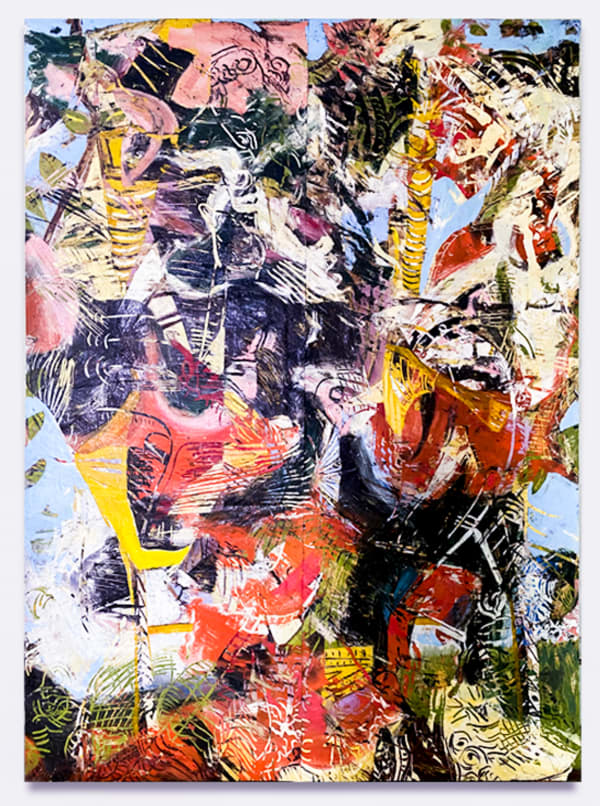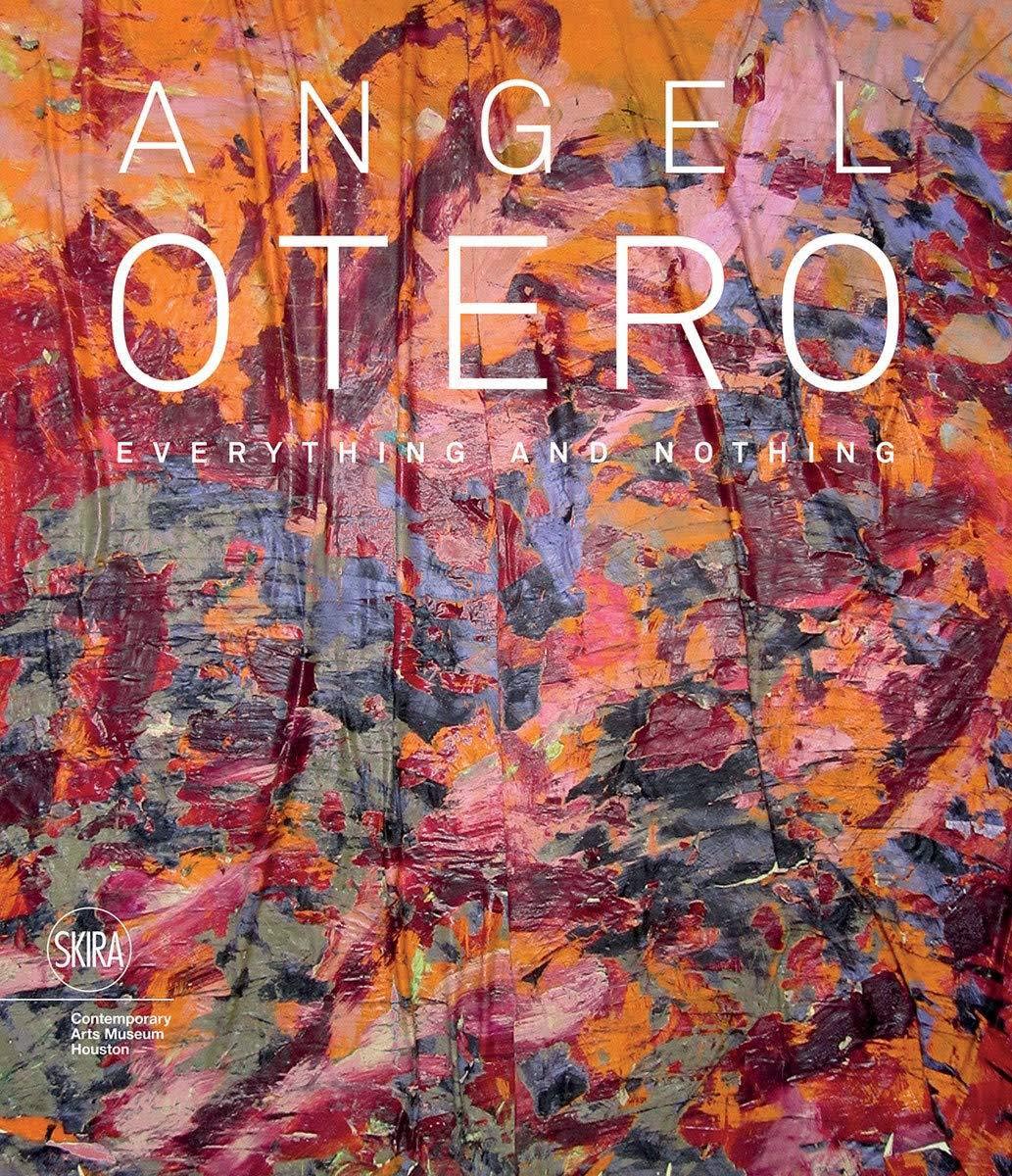-
-
-
"I was looking for a way of insulating myself. I was encountering a lot of frustration with my work. There was a certain hand to hand part of my work I wanted to be more intimate with. I was missing that I wanted to be more alone I guess with the work and the ideas, and going back into freely painting on the canvas."
-
"As I grow, I’m constantly learning about myself. As we go deeper, my work is about memory. I’m digging back, memories of growing up in Puerto Rico. One thing that stands out a lot when I try to recollect these memories is history, meaning history in objects, in spaces, and in environments. I’ve always liked things in decay, a material that has its own narrative, what it’s been through."
-
"Things were feeling too hectic. There was too much going on. The main state of enjoying a piece of art in the most humane way, I felt it was kind of getting a little lost. The art world, social media, the market, popularity, all these things were taking over everything else. I feel there was a certain sensibility getting lost. This pandemic brought this kind of filter. I’m curious to see when we come out of it how things are going to change. All the galleries are doing these online exhibitions, and a lot of great interviews and podcasts. I’m really optimistic that some of these ideas can be very productive in the future."
-
"This is a great time to detach yourself from this art world that can sometimes be very demanding in different ways, and just try to feel as free as possible."
-
Angel Otero (b. 1981) is best known for his process based paintings and deconstructive porcelain and steel sculpture. While early works have been influenced by memories based on his early life in his native Puerto Rico, referencing photographs and other family memorabilia combined with the gestures of 20th century painting, his latest works highlight artistic material and its physicality.
Otero has developed a 'deformation' approach by first painting on glass and then, once dry, scraping the paint, as a skin, off the glass and draping and rearranging the material on canvas. With this process, Otero explores a reconfiguration of both historical and contemporary painting narratives, showcasing the physicality of the material beyond its historical use as an image-maker. The paint becomes the subject of the painting.
Recent works in painting revisit previous interests in abstract image making, silicone, and powdered pigments. Calling the new works his Transfer Series, Otero takes imagery from his personal history and distills the image down to a line pattern, informed by traditional woodcut techniques. Following the lines with silicone and dusting the canvas with raw pigment, Otero transfers the images between canvases in an act that is simultaneously creative and destructive, creating new abstract images while the original is destroyed in the transfer.
Personal history and art history find a common ground in Otero's practice, both acting as a genesis to the artist's explorations of artistic medium. Otero received his MFA from the School of the Art Institute of Chicago.
-











